club foot 1 clubfoot vagueterm usedto describe a number of differentabnormalities inthe shape ofthe foot now it has cometo be synonymous with the commonest congenital footabnormality ie, ctev 2 anatomy 3 Idiopathic clubfoot is a real congenital deformity of the foot that affects the surrounding musculoskeletal tissues, with a strong hereditary component in some cases Positional clubfoot, on the other hand, is not genuinely malformed The infant's foot is retained in an odd posture during its growth in the womb, which causes this conditionClubfoot is a condition that involves both the foot and lower leg when the foot turns inward and downward It is a congenital condition, which means it is present at birth Alternative Names Talipes equinovarus;

Talipes What Causes Club Foot In Babies
Club foot causes
Club foot causes-In club foot, 1 foot or both feet point down and inwards with the sole of the foot facing backwards Club foot happens because the Achilles tendon (the large tendon at the back of the ankle) is too short Club foot can affect 1 or both feet It's not painful for babies, but it can become painful and make it difficult to walk if it's not treatedAny club foot that has been around a while will have a sensitive, unused, underdeveloped frog/digital cushion You can fix everything else and still have the back of the foot too sensitive for the horse to land on, which will cause the shortened stride and resulting club foot on its own – another vicious cycle




Clubfoot Boston Children S Hospital
Causes Doctors once thought a clubfoot was a result of a baby's foot being twisted or cramped in the womb While this is true of some foot deformities that get better on their own as children get older, doctors no longer believe that a baby's position in the womb causes clubfoot Clubfoot – Causes and Symptoms When you have a child, you document every single thing they do Their firsts matter to you so much From their first cry to the first time they fart, it's nothing but moments of sheer pleasure and pride – the little thing you created can now do things on its own As our baby starts growing up, you start Causes of club foot Most cases of club foot develop in foals Although the specific causes are not fully understood, several factors, alone or in combination, may be involved Club foot often accompanies congenital limb deformities, which develop within the mare's uterus and are present at a foal's birth
Club foot can happen in one foot or in both feet In almost half of affected infants, both feet are involved Although club foot is painless in a baby, treatment should begin immediately Club foot can cause significant problems as the child grows But with early treatment most children born with club foot are able to lead a normal lifeClub foot is a very treatable condition The treatment will not stop your child from developing normally They will roll, sit, crawl, walk and run at typical stages What causes club foot? Clubfoot is a relatively common birth deformity of the baby's Achilles tendon, a band of tissue on the back of the leg that connects the calf muscles to the heel With clubfoot, the Achilles tendon is shorter than it should be, which causes the foot to be pulled up into an abnormal position Some cases of clubfoot are mild, with the foot
Clubfoot most often presents at birth Clubfoot is caused by a shortened Achilles tendon, which causes the foot to turn in and under Clubfoot is twice as common in boys Treatment is necessary to correct clubfoot and is usually done in two phases — casting and bracingClubfoot Clubfoot, also known by its medical name, Congenital Talipes Equinovarus (CTEV), is a deformity present from birth that twists the foot downward and inward, making walking difficult or impossible While it cannot be prevented, it can be corrected using a relatively inexpensive treatment methodClub foot is a relatively common deformity, affecting about one of every 1,000 newborns Despite a great deal of study, the exact cause of club foot in isolation is unknown There have been some indications of a genetic cause, but these haven't been confirmed




Congenital Deformities Tl Hex



1
Talipes Causes Clubfoot is the most common congenital disorder of the legs It can range from mild and flexible to severe and rigid Although clubfoot is one of the most common congenital birth defects, few genetic causes have been found Now, researchers at Washington University School of Medicine in St Louis have found whatFor example, idiopathic clubfoot might prove to be allelic with distal arthrogryposis (idiopathic clubfoot is caused by a different mutation in the same gene that causes distal arthrogryposis) An investigation assessing whether idiopathic clubfoot in one large family segregates with the gene locus causing one type of distal arthrogryposis has been done
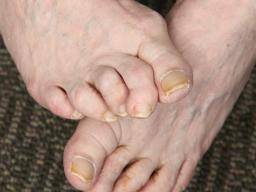



Clubfoot Causes And Treatments




Clubfoot In Newborns Causes Symptoms Diagnostics Schoen Clinic
This flexible type of club foot is caused by the baby's prenatal position in the uterus (often breech) Positional clubfoot can easily be positioned into a neutral (not curved) position by hand This is the most common treatment for clubfoot Your doctor will Move your baby's foot into a correct position and then place it in a cast to hold it there Reposition and recast your baby's foot once a week for several months Perform a minor surgical procedure to lengthen the Achilles tendon (percutaneous Achilles tenotomy) toward the end ofClubfoot, also called talipes equinovarus, is a birth defect that affects the foot and ankle It's a congenital condition, which means that a baby is born with it The foot or feet turn inward When you look at the foot, the bottom of the foot often faces sideways or even up Clubfoot happens because of a problem with the tendons, the tissues
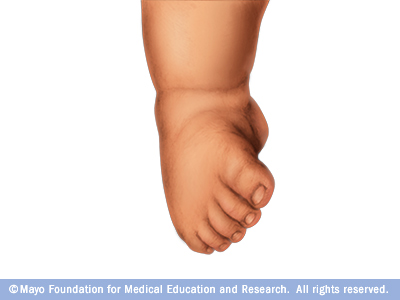



Clubfoot Disease Reference Guide Drugs Com
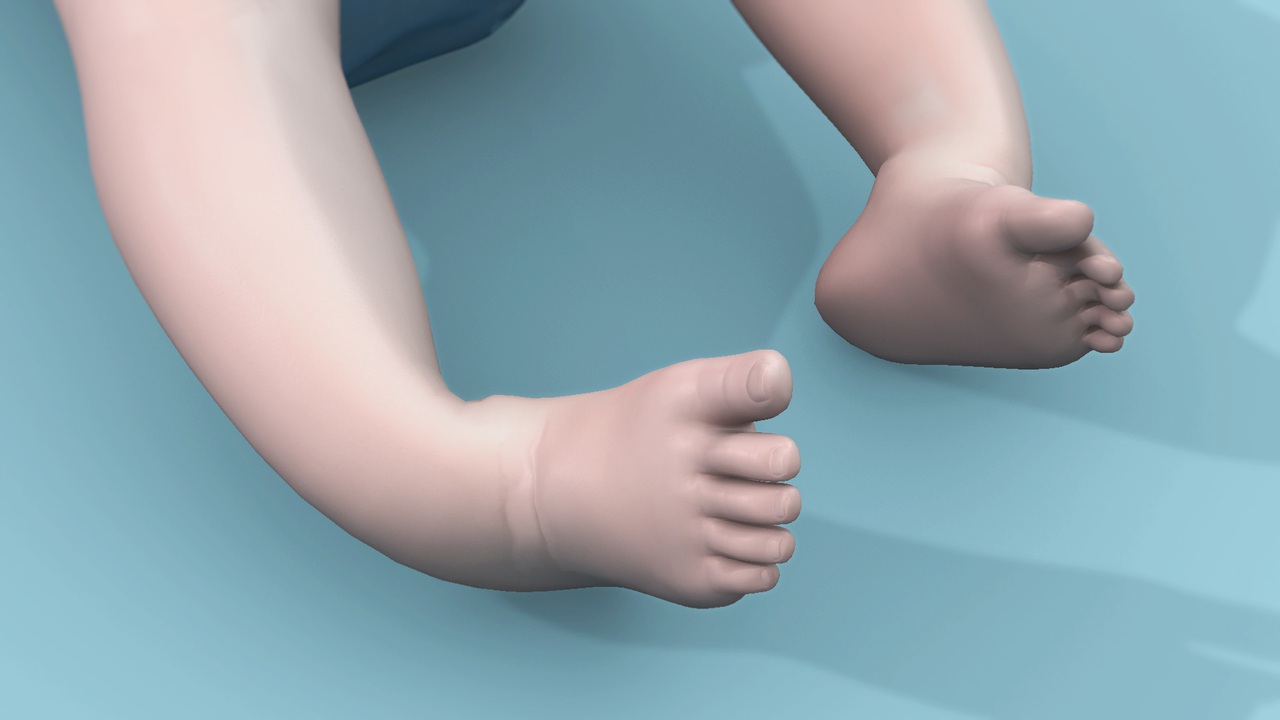



Clubfoot Treatment Bilateral Club Feet Foot Pain
Club foot is caused by an improper alignment of muscles to the bones of the leg This is as a result of the tissues connecting the muscles to the bone (tendons) being shorter than usual This alignment involves the soft and bony structures in the hindfoot, midfoot and forefoot Club foot can be mild or severeMost commonly, clubfoot is classified as "Idiopathic Clubfoot" meaning there is no known cause for the deformity In idiopathic clubfoot, there can also be a definite hereditary influence, in that if a person has a relative, parent, or sibling has clubfoot, then they are more likely to have clubfoot or have a child with it (310% chance) Club foot refers to a tendon flaw that causes the hoof to be very upright Often, club foot affects both front legs with one being more severe than the other Club foot can occur before or after birth in foals After birth foals acquire club feet when the bones grow faster than the tendons Treatment varies with the age of the horse and




Clubfoot Boston Children S Hospital



Club Foot Bunionsf Net Professional Foot Treatment Bunion
Clubfoot is a birth defect of the foot that may affect your baby's ability to walk normally Clubfoot causes one or both feet to twist into an abnormal position, and can be mild or serious Learn how clubfoot is treated Clubfoot is mainly idiopathic, which means that the cause is unknown Genetic factors are believed to play a major role, and some specific gene changes have been associated with it, but this is notClubfoot is a condition in which the foot points downward and turns inward Clubfoot occurs in 1 out of 1000 births Ideally, treatment of clubfoot should begin around a week after birth That's when the bones, ligaments and tendons are still soft and can be easily moved into the correct position




Clubfoot Congenital Talipes Equinovarus Pediatrics Orthobullets




Can Clubfoot Be Fixed
A clubfoot (talipes equinovarus) is a complex congenital defect It may be the feature of a number of specific rare genetic syndromesThe exact cause of club foot is not known An abnormality of the tendons and ligaments in the foot causes an abnormal structure and position of the foot In some children, bones may also be abnormal in terms of shape, size, or position There may be aThe cause of clubfoot remains uncertain, but many researchers believe the condition is genetic, as it often runs in families Clubfoot is more common in males than females and affects about one in every 1,000 births Each year, this amounts to 4,0008,000 affected infants in the United States and 130,,000 affected children worldwide



1




Clubfoot Causes Symptoms Risk Factors Diagnosis Treatment And Prevention Boldsky Com
Causes might include genetics, diet (excess energy and/or mineral imbalances), A club foot can have significant repercussions on a horse'sThe most widely accepted theory is that clubfoot is caused by a combination of genetic and environmental factors What is known, however, is that there is an increased risk in families with a history of clubfeet If you have one child with club foot, your chance of having a second child with the condition is about 1 in 35Mutations in genes involved in muscle development are risk factors for clubfoot, specifically those encoding the muscle contractile complex (MYH3, TPM2, TNNT3, TNNI2 and MYH8) These can cause congenital contractures, including clubfoot, in distal arthrogryposis (DA) syndromes
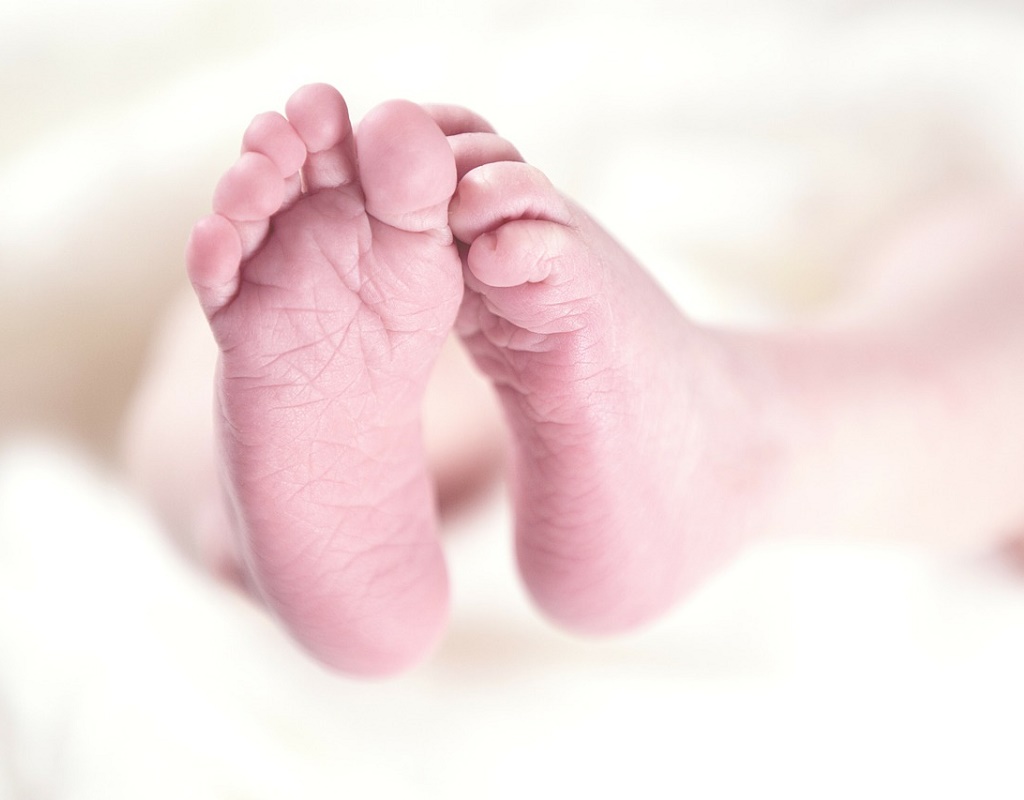



Club Foot Cause And Treatment Family Health Kidspot
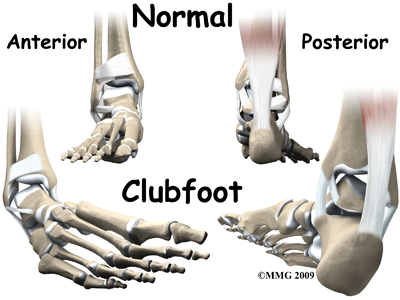



Physical Therapy In Plymouth For Pediatric Issues Clubfoot
Causes of Club Foot in Horses The deep flexor tendon is shorter than the bones causing a pulling on the coffin bone in the hoof which causes a deformity in the shape of the hoof Congenital deformity at birth (occurring within the mare's uterus) likely due to multiple factorsClub foot can happen in one foot or in both feet In almost half of affected infants, both feet are involved Although club foot is painless in a baby, treatment should begin immediately Club foot can cause significant problems as the child grows But with early treatment most children born with club foot are able to lead a normal lifeClubfoot develops prenatally and can be caused by both genetic and environmental factors If a parent was born with clubfoot and has an affected child as well, the chance for future offspring to have clubfoot could be as high as 25%
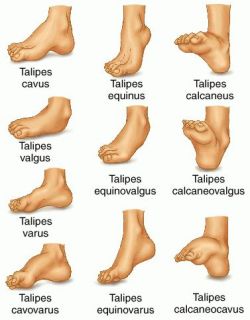



Do You Suffer With A Club Foot Put Your Feet In Our Hands




Causes Of Club Foot
Clubfoot happens because the tendons (bands of tissue that connect muscles to bones) and muscles in and around the foot are shorter than they should beNeurogenic clubfoot is caused by an underlying neurologic condition For instance, a child born with spina bifida A clubfoot may also develop later in childhood due to cerebral palsy or a The exact cause of clubfoot is unknown, but doctors agree that a family history of clubfoot increases the likelihood that a child will be born with the condition Also, mothers who smoke and drink
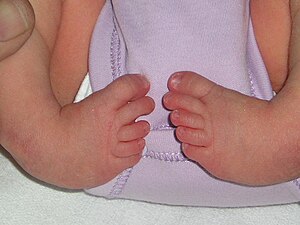



Clubfoot Wikipedia




Clubfoot Congenital Talipes Equinovarus Pediatrics Orthobullets
A clubfoot occurs when the tendons on the inside and the back of the foot are too short This pulls the foot into a position that causes the toes to point down and inward Clubfoot can be supple (flexible) or rigid The rigid deformities are more commonly associated with other congenital malformations and can be more difficult to treat Medically clubfoot (also known as club foot) is referred to as congenital talipes equinovarus or CTEV Clubfoot can be mild or severe, and tends to affect males twice as much as females Unfortunately, the cause of clubfoot is still unknown, but many experts believe it isClub foot refers to a tendon flaw that causes the hoof to be very upright Often, club foot affects both front legs with one being more severe than the other Club foot can occur before or after birth in foals After birth foals acquire club feet when the bones grow faster than the tendons




Club Foot Osmosis




Clubfoot Causes Symptoms And Treatments Piedreseau
Struggling adult with Clubfoot 12 Comments / Hi All I just wanted to see if anyone else struggles and what they do I am 30 years old and was born with clubfoot in both of my feet I have had numerous operations from been 6 weeks old, however, all I hear is now that you have to live with it and take tablets The cause of club foot is currently idiopathic, or unknown However, researchers do have a few theories about what causes the condition These include Genetics It is believed that the condition is sometimes caused by a genetic abnormality If there is a family history of club foot, then your child is more likely to also have it In a club foot, the entire foot is twisted "down and in," to the point that it looks like the feet are upside down, with the soles pointed upward In most cases, there is no known cause of idiopathic clubfoot deformity Clubfoot is one of the most common nonmajor birth defects Today, clubfoot can be treated with the conservative Ponseti Method of casting rather than extensive
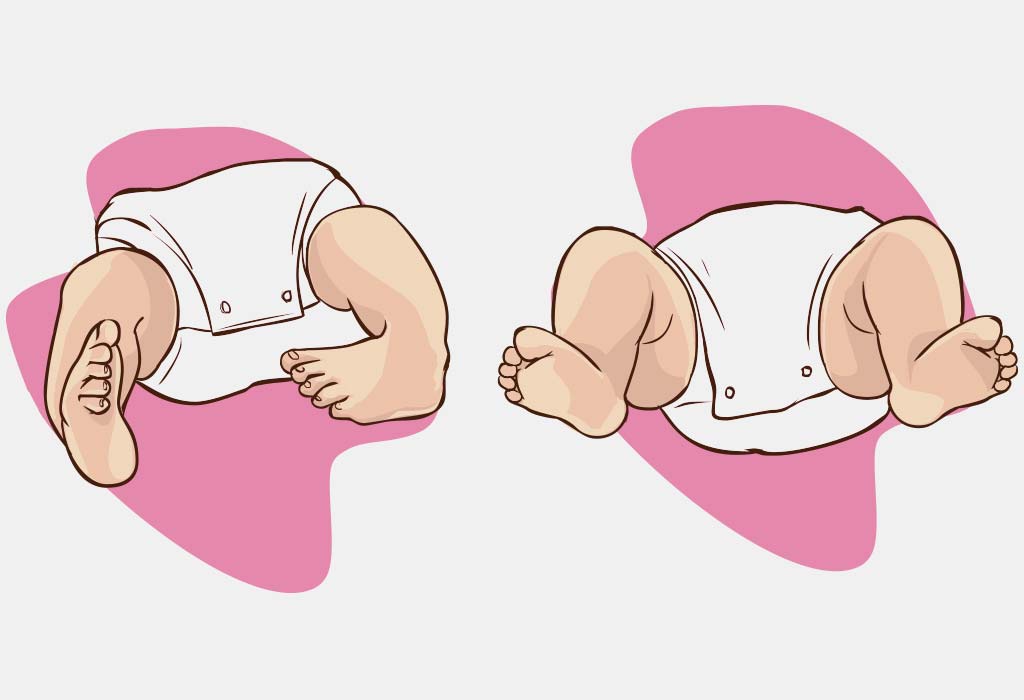



Congenital Talipes Equinovarus Or Clubfoot Causes And Treatment
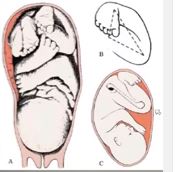



Introduction To Clubfoot Physiopedia
It is not clear what causes club foot It may be due to an abnormality in the development of the soft tissues and bones of the ankle and foot Clubfoot • Causes and Treatment Oliver Adey 17 September 17 September 0 Usually clubfoot is congenital the newborn's foot is strongly turned inwards If left untreated, this leads to major problemsThis video describes the Basics of Pathoanatomy (Pathological Anatomy) of the Club Foot (CTEV) and a brief description of clinical examination of a child aff




Club Foot Symptoms And Treatment
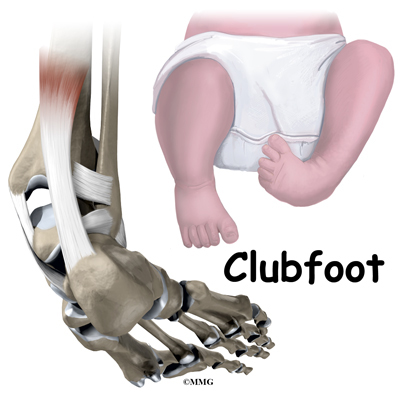



Clubfoot Eorthopod Com
Clubfoot is a congenital condition (present at birth) that causes a baby's foot to turn inward or downward It can be mild or severe and occur in one or both feet In babies who have clubfoot, the tendons that connect their leg muscles to their heel are too short These tight tendons cause the foot to twist out of shape




Club Foot Talipes In Babies Causes Signs Treatment Youtube




Clubfoot What Is Clubfoot Its Causes




Clubfoot And Other Foot Defects Children S Health Issues Merck Manuals Consumer Version




Club Foot




Don T Delay Club Foot Treatment For Your Little One Atlantic Foot And Ankle Associates




Before Going To Doctor Which Must Know About Clubfoot Rxharun




To Parents Of Children Born With Clubfeet University Of Iowa Stead Family Children S Hospital




52 Club Foot Babies Ideas In 21 Club Foot Baby Club Foot Club



Clubfoot Symptoms Stages Definition Description Demographics Causes And Symptoms Diagnosis
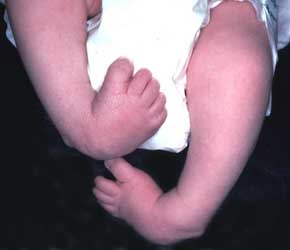



Club Foot Foot Deformity Treatment Aurangabad Club Foot Management India




Clubfoot Talipes Equinovarus Symptoms Diagnosis And Treatment
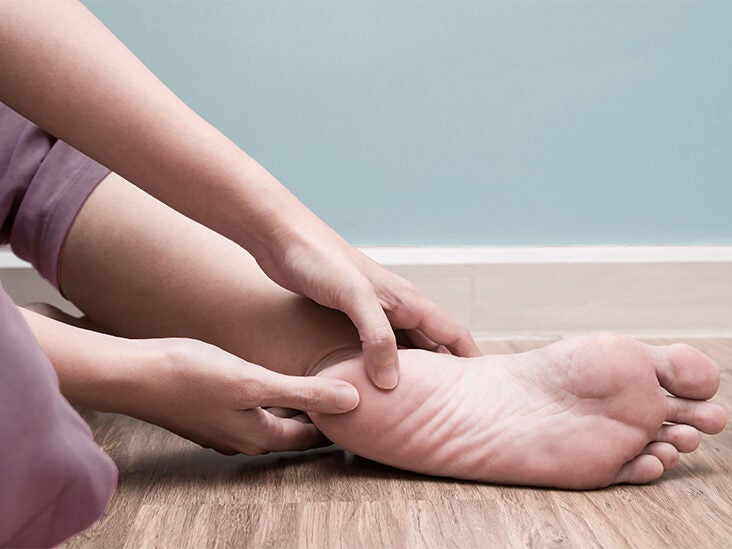



Clubfoot Causes Symptoms And Diagnosis




Club Foot Mississauga Foot Clinic




Causes For Clubfoot Given By Patient S Guardians Download Table




Clubfoot Boston Children S Hospital




A Rigid Bilateral Clubfoot In A Patient With Spina Bifida B Note The Download Scientific Diagram
:max_bytes(150000):strip_icc()/GettyImages-976611000-781e705fad0e43aca41e5f5fc82f7b7e.jpg)



Learn About Clubfoot Deformity In Newborns
/GettyImages-976611020-532e1800b14b4c89aec1f2f6a855f199.jpg)



Newborn Baby Foot Problems And Deformities




Clubfoot Foot Musculoskeletal System
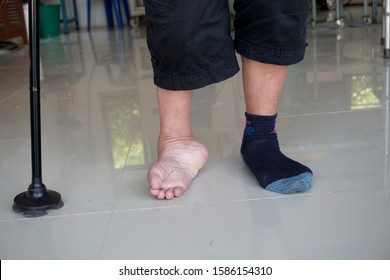



Clubfoot High Res Stock Images Shutterstock
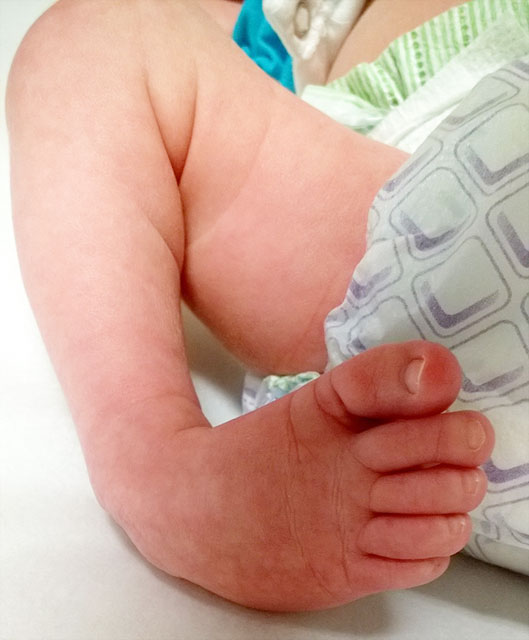



Clubfoot Johns Hopkins Medicine




Clubfoot Healthdirect




Clubfoot Symptoms Causes And Treatment Options



Clubfoot What Is Clubfoot What Causes Clubfoot Who Gets Clubfoot What Are The Symptoms Of Clubfoot



Clubfoot Orthoinfo os



Club Foot
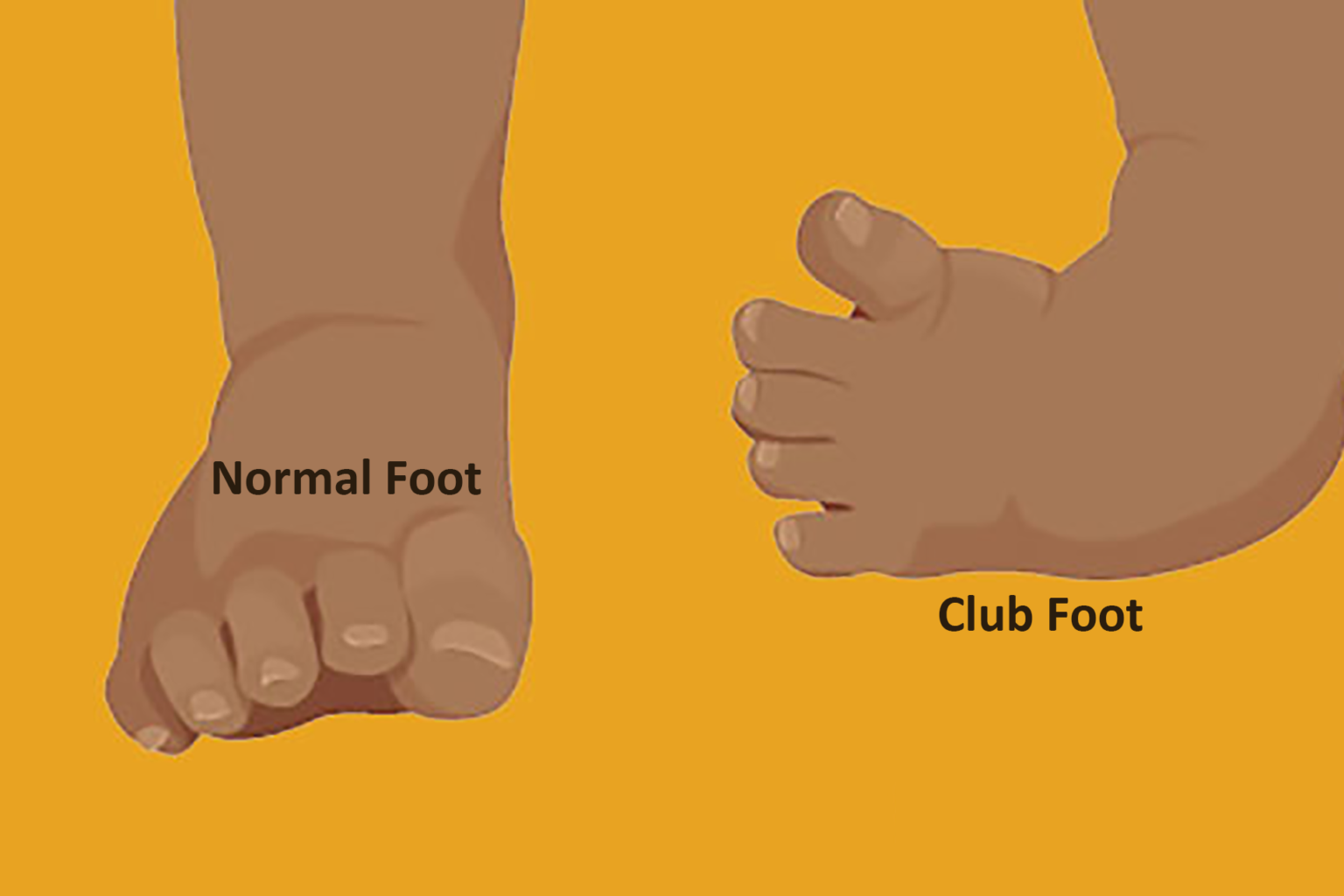



Clubfoot Deformity Triumph Therapeutics Speech Therapy Occupational Therapy Physical Therapy In Washington Dc



Clubfoot Global Indian Nurses Organization



About Clubfoot




Congenital Clubfoot Youtube




Clubfoot Orthopaedia




Clubfoot Can Be Corrected Non Surgically United States Bone And Joint Initiative




When Your Child Has Clubfoot




Clubfoot Healthing Ca
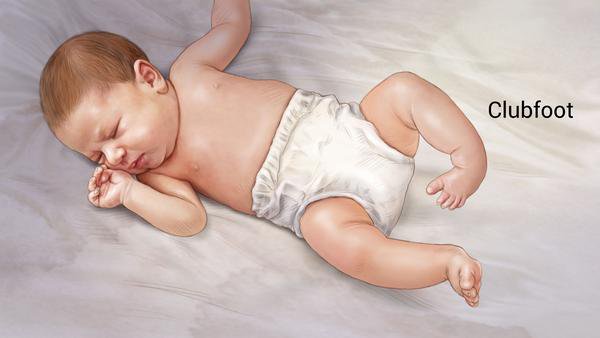



Clubfoot Treatment In Iran Best Doctors Clinics Free Consultation
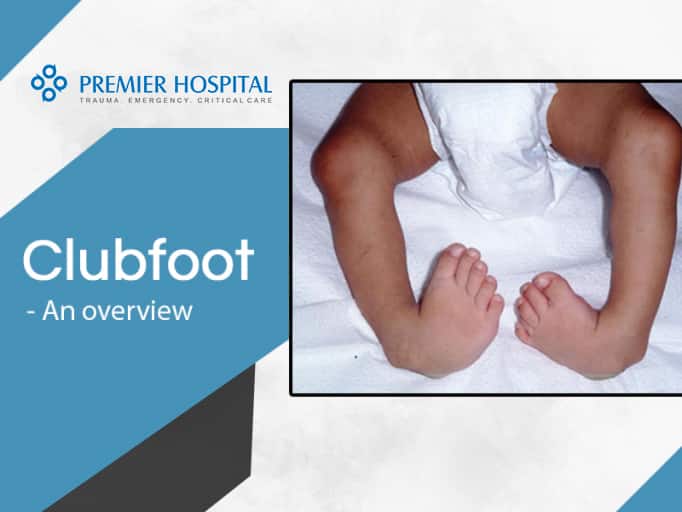



What Is Club Foot Causes And Symptoms Premier Hospital
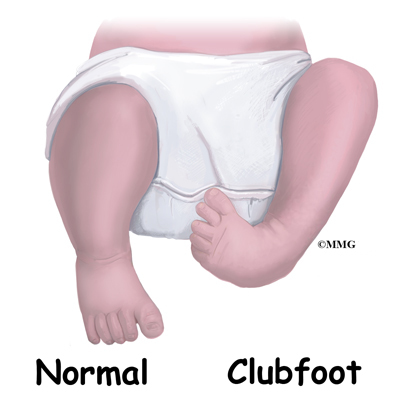



Clubfoot Eorthopod Com
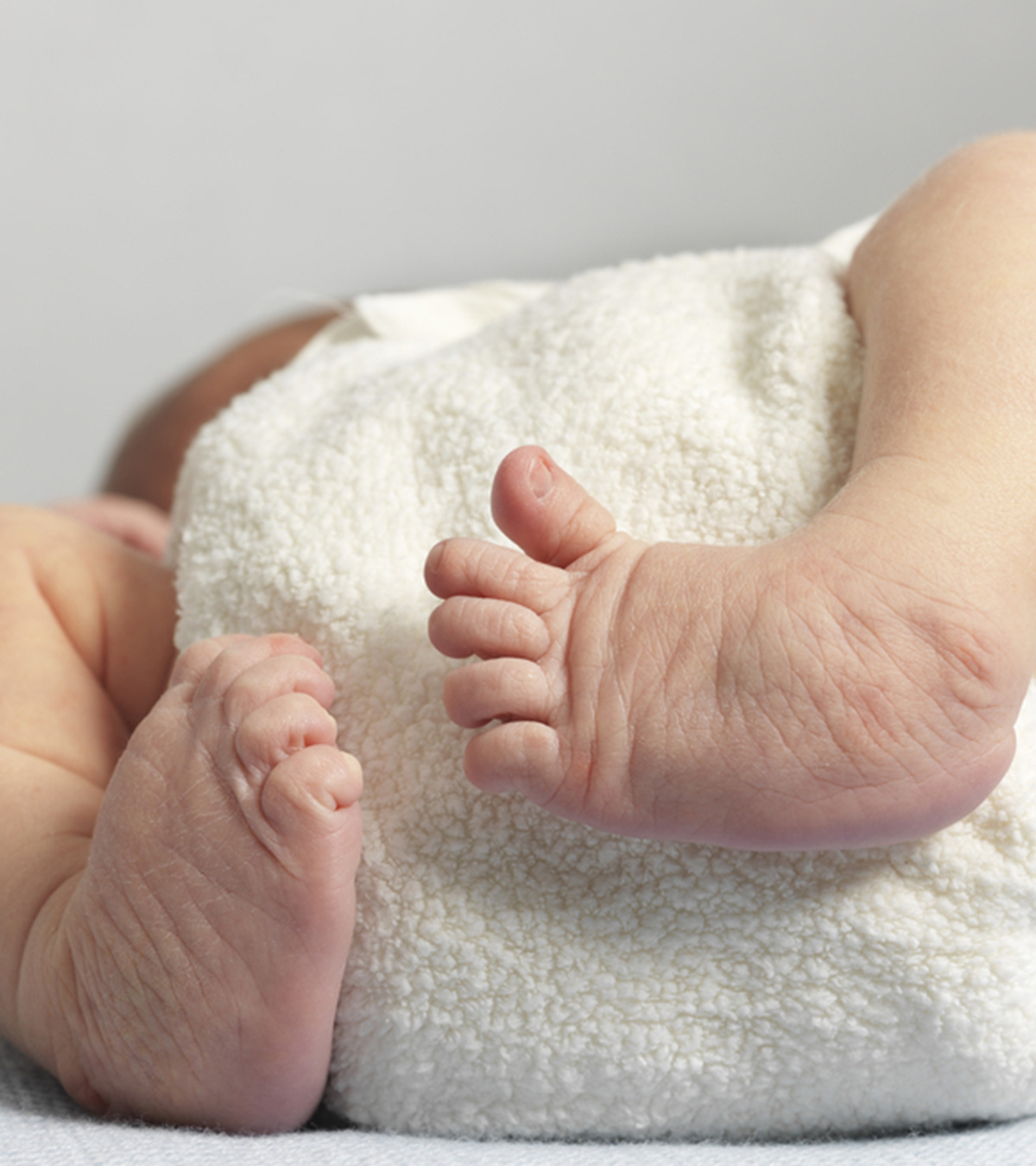



Clubfoot In Baby Causes Diagnosis Treatment Pictures




Clubfoot Children S Orthopaedic And Scoliosis Surgery Associates Llp
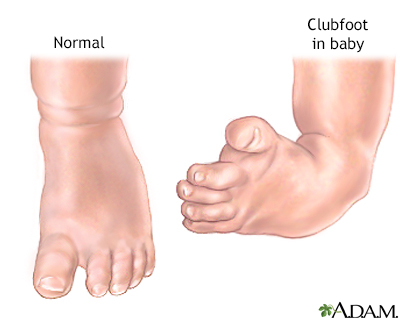



Clubfoot Information Mount Sinai New York




Talipes What Causes Club Foot In Babies




What Is Club Footwhat Is Club Foot Its Symptoms And Treatment By Kids Orthopedic Issuu
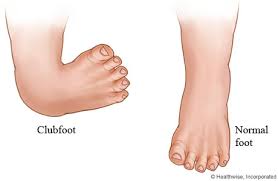



Do You Suffer With A Club Foot Put Your Feet In Our Hands



1
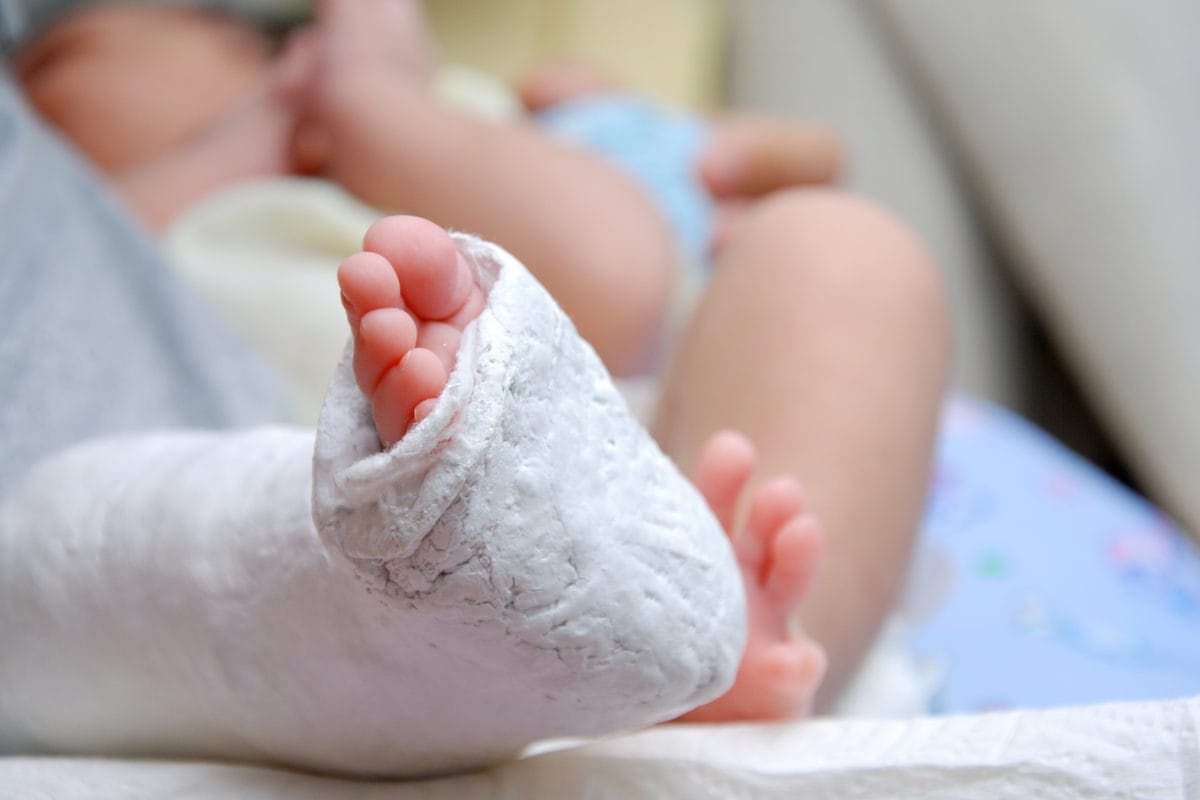



What Is Clubfoot Symptoms And Treatment Familydoctor Org
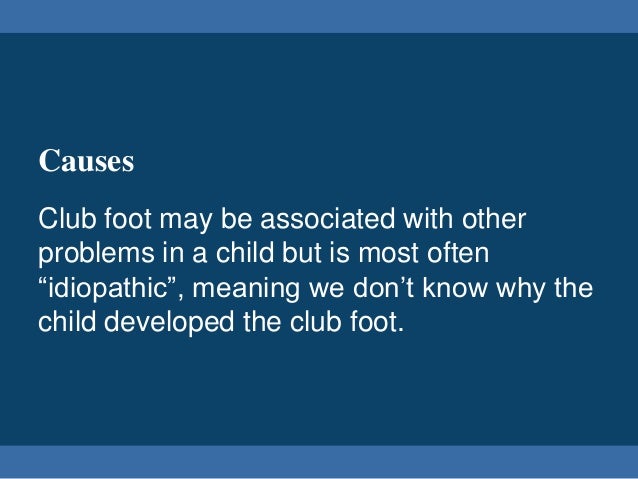



Clubfoot Congenital Talipes Equinovarus



Clubfoot Treatment In Broward Palm Beach Florida Foot Ankle




Idiopathic Talipes Equinovarus Congenital Clubfoot Disclaimer The Findings




Clubfoot In Children Lurie Children S
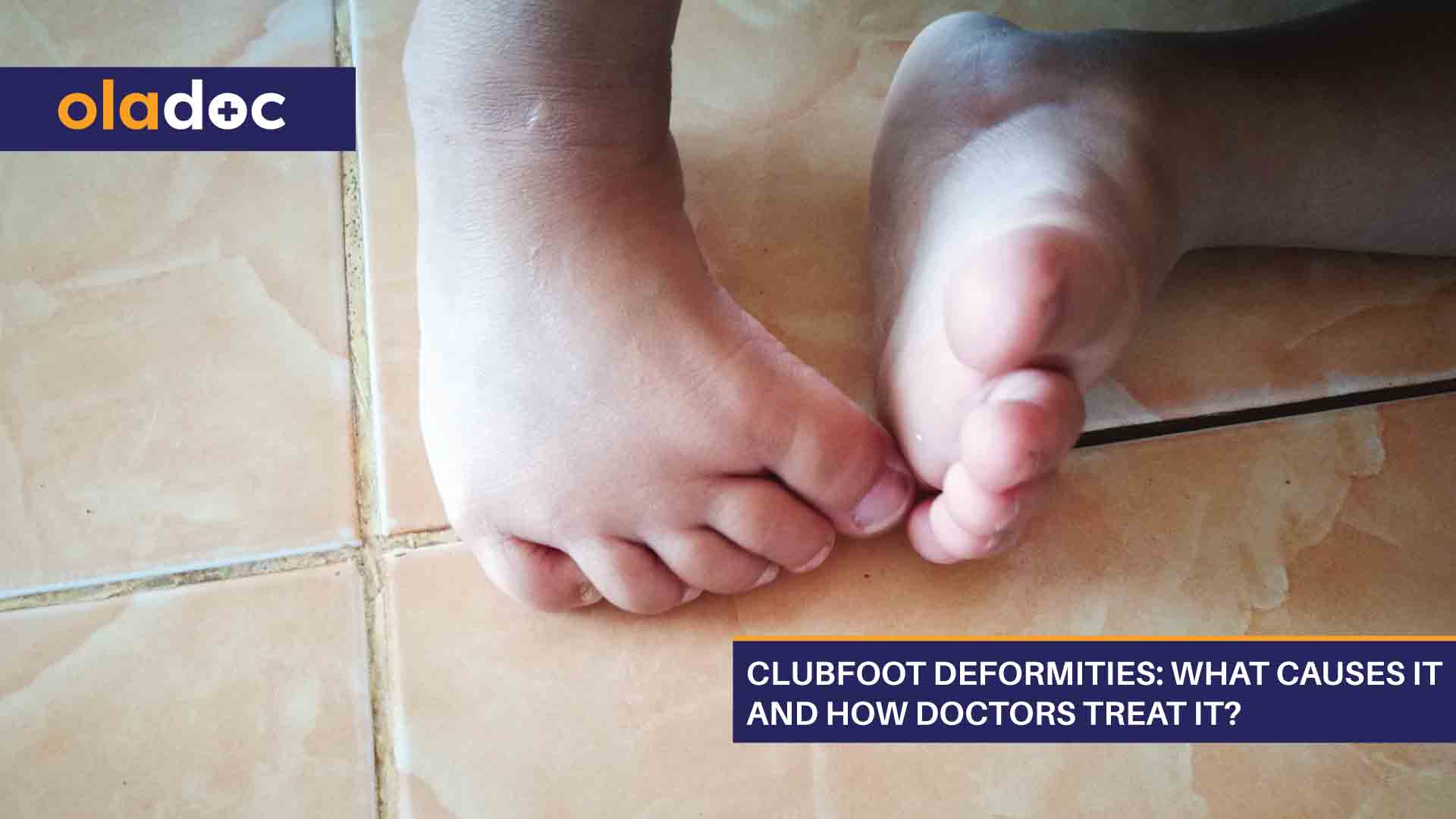



Clubfoot Deformities What Causes It And How Doctors Treat It Bones And Joints Oladoc Com




Clubfoot Children S Orthopaedic And Scoliosis Surgery Associates Llp




Clubfoot Flatfeet By Tenzin Pontsang
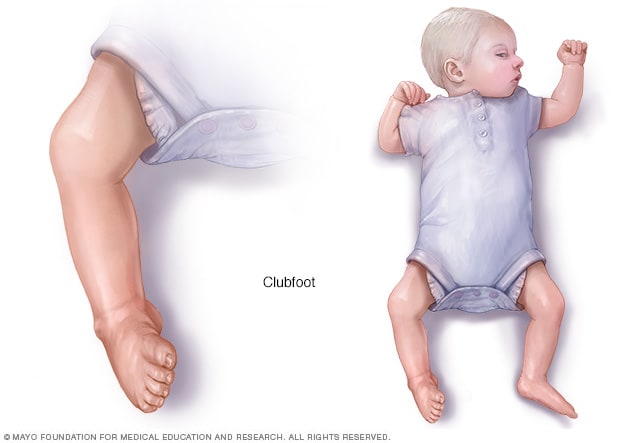



Clubfoot Symptoms And Causes Mayo Clinic




What Is Club Foot Dr Meisler New York City Podiatrist
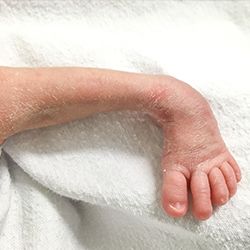



Clubfoot Causes And Treatments Palos Hills And Mokena




Does An Overcorrected Clubfoot Caused By Surgery Or By The Ponseti Method Behave Differently Sciencedirect




What Is Clubfoot Stanford Children S Health
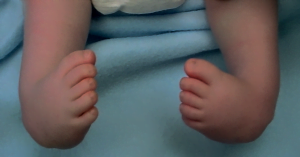



Congenital Clubfoot Prof Nicola Portinaro Orthopedic Suregon
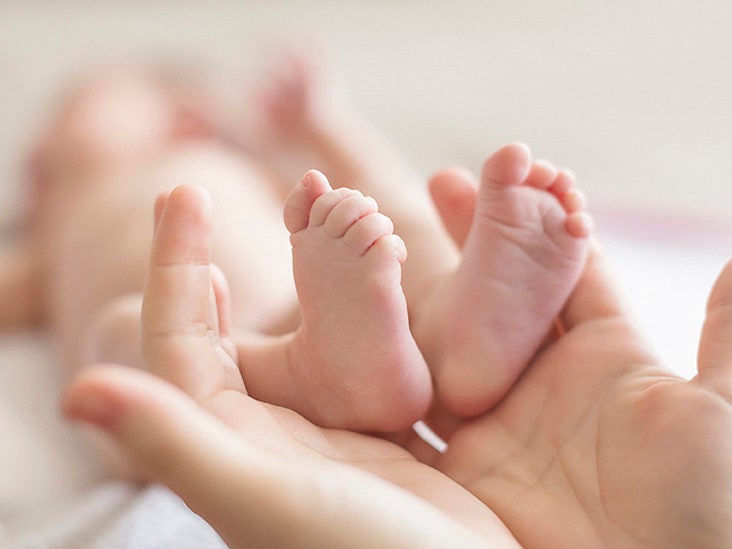



Clubfoot Repair Treatments Procedure Outlook




Clubfoot Causes Symptoms Diagnosis And Treatment Natural Health News



Clubfoot Orthoinfo os




Congenital Anomalies



1
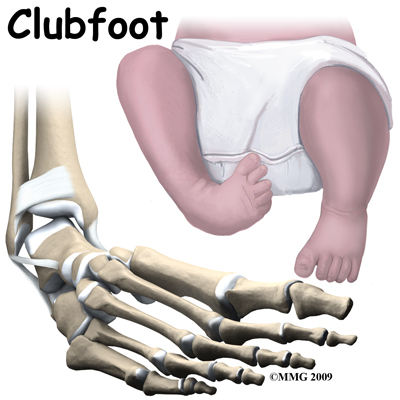



Physical Therapy In Plymouth For Pediatric Issues Clubfoot
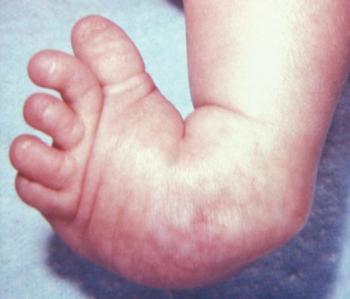



Clubfoot Causes And Treatments




98 Club Foot Illustrations Clip Art Istock




Club Foot Congenital Talipes Equinovarus About Club Foot Patient
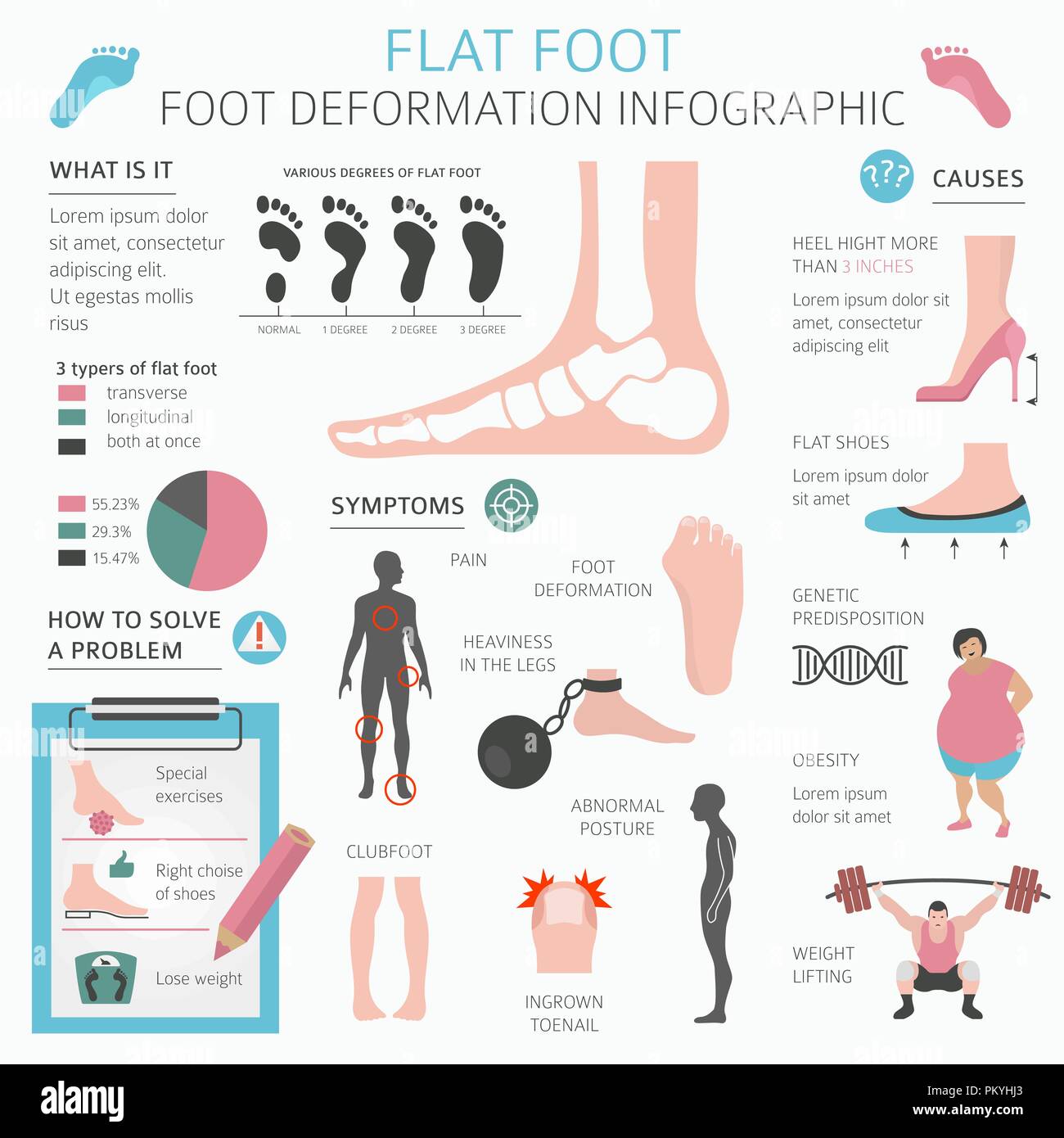



Foot Deformation As Medical Desease Infographic Causes Of Flat Foot Vector Illustration Stock Vector Image Art Alamy
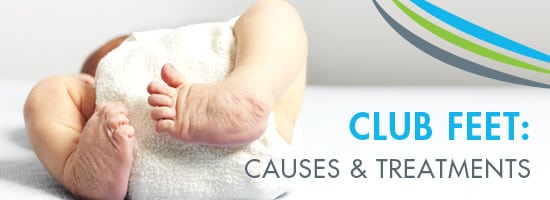



Club Feet Causes And Treatments Top O C Surgery Center Crown Valley Surgical




Clubfoot Wikipedia




Kids Book On Clubfeet Hip Hop Hooray For Brooklynn Bunny By J Harold And B Miller



Clubfoot Orthoinfo os
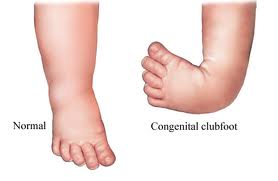



Introduction To Clubfoot Physiopedia
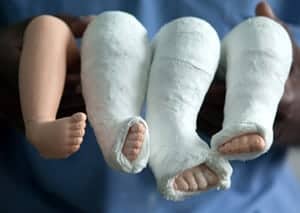



Children S Clubfoot Treatment Causes Pediatric Foot Ankle




Medical Tourisum India Travcure




Clubfoot Global Clubfoot Initiative
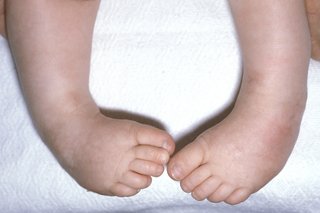



Club Foot Nhs
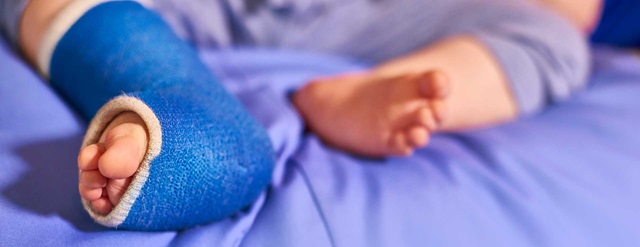



Clubfoot Johns Hopkins Medicine
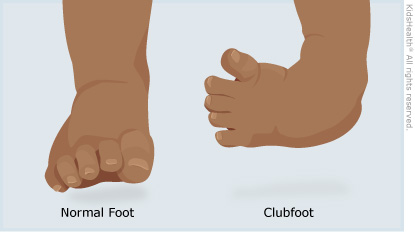



Clubfoot For Parents Nemours Kidshealth




Clubfoot Treatment Causes Symptoms Diagnosis



0 件のコメント:
コメントを投稿